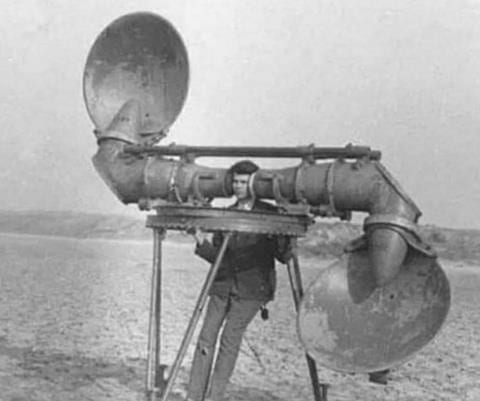Can you repeat that? About noise-induced hearing loss

Are you at risk of noise-induced hearing loss?
Did you know that exposure to excessive noise is the most common preventable cause of hearing loss?
Almost one in 5 Australians is at risk of permanent hearing loss from noise exposure simply doing everyday things.
Noise-induced hearing loss is a largely preventable but irreversible condition.
Hearing protection is incredibly undervalued by men of all ages.
Have you ever noticed ringing in your ears after be exposed to loud sounds?
This is a sign that your hearing system has been overloaded. The delicate structures inside your ear have possibly been damaged.
Over time, this can lead to significant hearing loss. Noise-induced worsens as noise exposure continues.
Preventing noise-induced hearing loss is as easy as protecting your ears and engaging in safe listening.
How can I stop noise from damaging my hearing?
It’s actually pretty simple.
Be aware of your exposure to loud sounds and look for ways to reduce this exposure. You don’t have to stop doing things you love, just make a few adjustments.
• Reduce your sound exposure — turn down the volume when you’re listening to music, choose a power tool with a lower noise rating, try to avoid standing or sitting near noisy speakers, equipment or machinery
• If you are in noisy environments regularly, manage your sound exposure by using ear plugs or muffs
• Get to know your noise ‘dose’ and manage how long you spend in noisy environments
What’s my daily noise dose?
When it comes to your hearing, it’s not just the loudness of sound that matters but also how long you spend listening.
A noise dose is a measurement of the exposure to noise levels over a day. Without getting into the technics, if you go over your daily sound dose on a regular basis chances are you’re damaging your hearing and there’s a risk you’ll develop hearing loss down the track.
In workplaces there are daily exposure limits in place to protect worker’s hearing.
In the shed there should also be control measures to ensure tools and machinery are equipped to keep noise levels low.
• Buy the quietest tools and machinery for the job
• Change the way you do a job — glue instead of hammer, weld instead of rivet or lower instead of drop
• Reduce noise levels at the source — turn down the volume, change fan speeds
• Isolate the source of the noise by using barriers, remote controls or sound-proof covers
• Reduce exposure by restricting access to noisy areas, provide quiet areas for breaks and limit time spent in noisy areas
• Signpost noisy areas
• Ensure proper maintenance of tools and equipment
Keep in mind that your daily sound dose can be made up of workplace and recreational sound exposures. So you need to make good decisions at home as well as work (or in the shed).